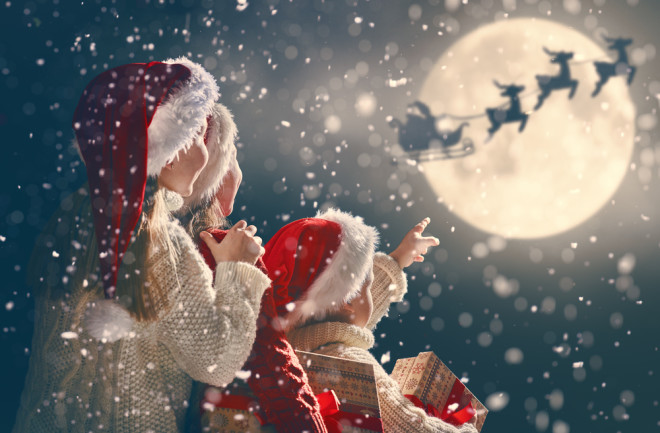Santa’s team of reindeer helpers has inspired Christmas songs, Hollywood movies, and an off-Broadway musical. But unlike the other magical creatures that populate our screens and stages, Santa’s reindeer have a real-world counterpart with a population that numbers in the millions.
Armed with thick fur and tremendous antlers, these regular, non-flying reindeer have a circumpolar distribution, meaning they live on every continent with land near the North Pole.
So, whether you’re a Christmas nerd or Arctic animal buff, here are six fun facts about reindeer to share with friends and family this holiday season.

